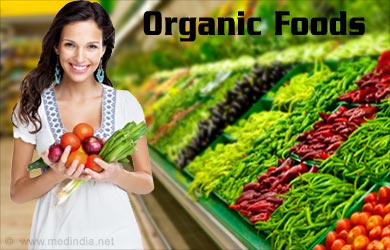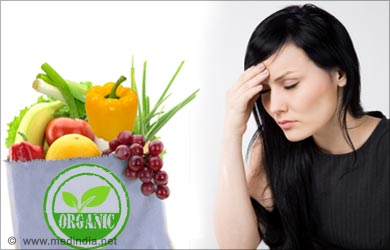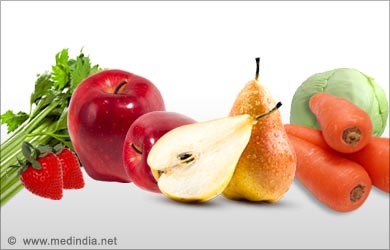- Smart Shoppers' guide to buying natural - (http://www.bodyandsoul.com.au/health/natural+health/smart+shoppers+guide+to+buying+natural,26312)
- Newly Natural Series part 3: Choosing and buying products - (http://hairinsights.wordpress.com/2013/06/06/newly-natural-series-part-3-choosing-and-buying-products/)
About
Amongst the different aisles of your nearby departmental stores, the term ‘organic’ may have caught your attention. It’s a no-brainer that processed, packaged foods do more bad than good for your health, and various sources of media have done a good job of keeping us informed and educated about how these

Before you jump on to grab these ‘organic’ products, there are some basics you need to know. Read on…
Decoding the Labels- For once, we need to remember that just like other chemical-loaded products, organic, natural products too, face a good competition, and hence, use clever marketing strategies to encourage the sales of their product. Just because it says ‘organic’ on the bottle, doesn’t mean you should go for it. Here are some tips to get you started and help you decode labels better-
- Check for 100% organic. The term 100% organic implies that the product is composed of and made in a chemical-free natural environment.

- If the label shows the term ‘organic,’ it means that 95 percent of the product is made up of natural ingredients.
- The term ‘made with organic ingredients’ on the label implies that at least 70 percent of the product is composed of organic ingredients.
- ‘Contains organic ingredients’ on the product package means that less than 70 percent of the product is made up of organic components.
- The term ‘no hormones added’ on your organic product label suggests that the components of the product (most commonly animal meat) are not ‘growth-enhanced’ using hormones.

- If the label displays the term ‘free range’ has a different meaning for products in different parts of the world; however, it generally means that the animals used to make up the product weren’t confined to a cage, and were allowed to roam about in open spaces.
- The term ‘grass fed’ on the label could mean that the animals used to make up the product were on a diet of only grass and hay.
- If your product displays ‘natural’ on its label, you might want to reconsider. Natural merely implies that the product is minimally processed and doesn’t have any additives or food coloring; however, antibiotics and growth enhancers might still be given to the animals used in the product.
Why Organic?
Right from that yummy-looking burger from the fast food joint across the street to your store-bought
Choosing organic products as an alternative can not just prevent the ill-effects occurring as a result of these additives, but also offer many other benefits.

- Organic foods contain a lower concentration of pesticides.
- They are the better option for pregnant women who are more vulnerable to the effects of these additives.
- Organic foods lessen the chemical body burden of accumulated build-up of toxins that happens over the years of exposure to these additives.
- They also prevent related health issues like headaches, weakened immune system and birth defects.

- Organic foods are also much fresher and taste better than chemically enhanced produce.
- They are ‘green’ and safe for the environment. Organic farming practices are thought to be associated with a reduction in soil erosion, air, water and soil pollution, and an increase in soil fertility.
The Good and the Bad-
Now that you know all about the good, it’s time to get introduced to some baddies. Check for these chemicals and substances on your product label and if they show up, steer clear of those products.
- Isopropyl alcohol (also listed down as isopropanol), usually added in cosmetics
- Ethyl alcohol, added to shampoos and hair care products
- Sodium lauryl sulphate and sodium laureth sulphate, used as foaming agents in shampoos and personal care products
- Propylene glycol, used to help retain skin moisture
- Dibutyl phthalate, used in products like nail polishes, highly toxic

Points to Remember-
If you do buy inorganic produce, remember to wash the fruits and vegetables before using them in your food preparations. Washing may not eliminate all the pesticides, but it can definitely reduce its concentration both in your foods, and in your stomach.
Keep in mind that organic products are priced much higher than normal products, since they are more labor-intensive. If you believe in ‘health first,’ be ready to shell out a few extra bucks there.
Also remember that organic fruits and vegetables have a shorter shelf life since they are devoid of preservatives and pesticides.

Some foods in particular, pack in more pesticides and other harmful additives as compared to others. We’ve listed them down-

![Genetically Modified Food / Genetically Modified Organism [GMO] Genetically Modified Food / Genetically Modified Organism [GMO]](https://www.medindia.net/images/common/patientinfo/120_100/Genetically-Modified-Food.jpg)





